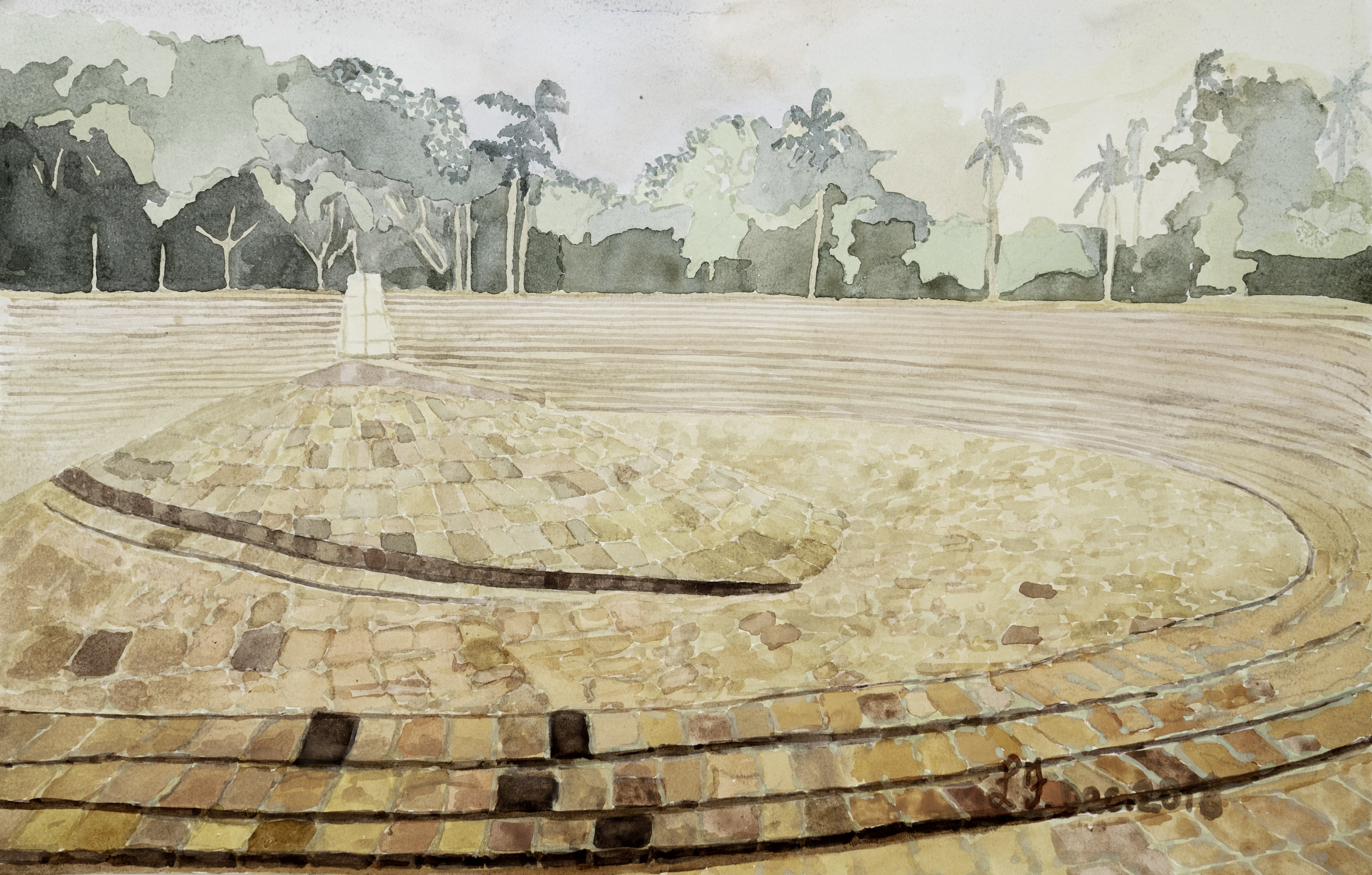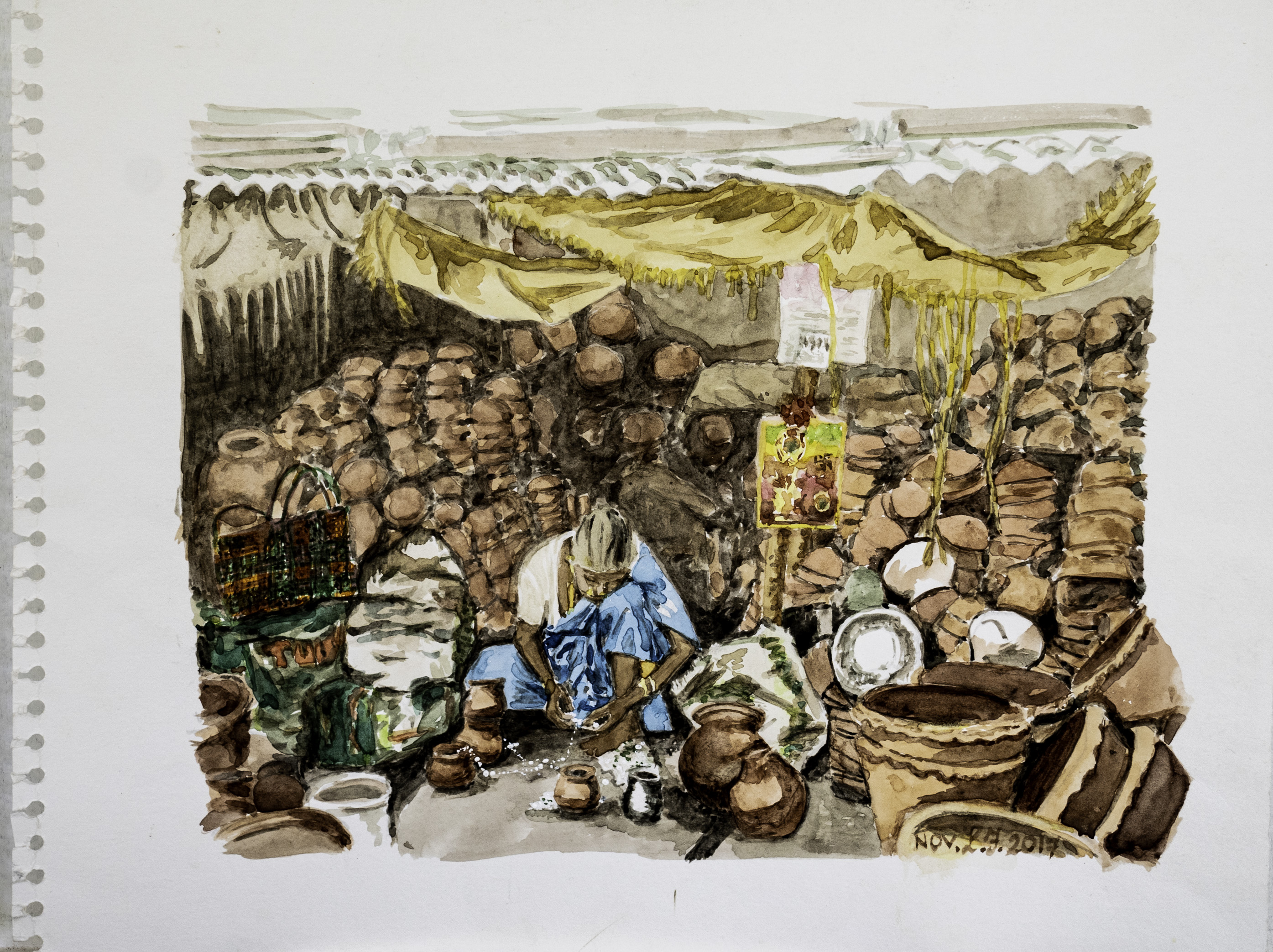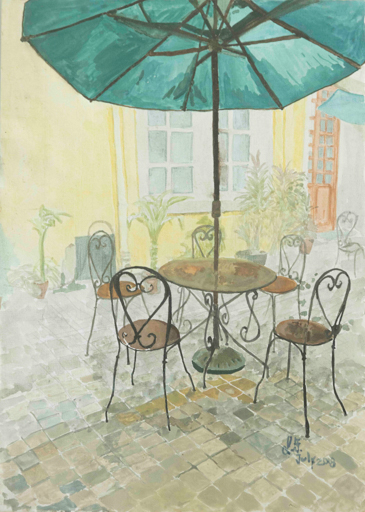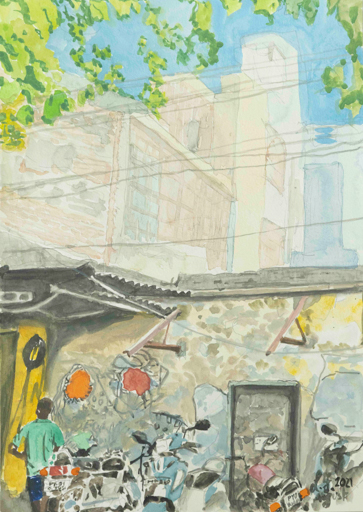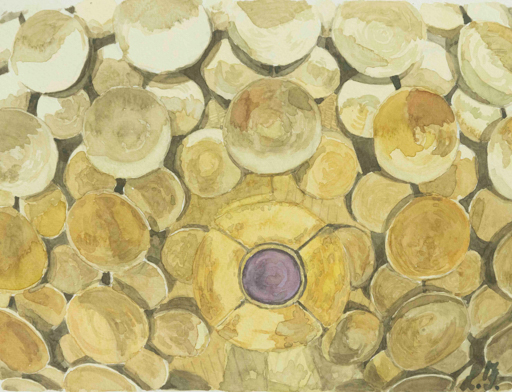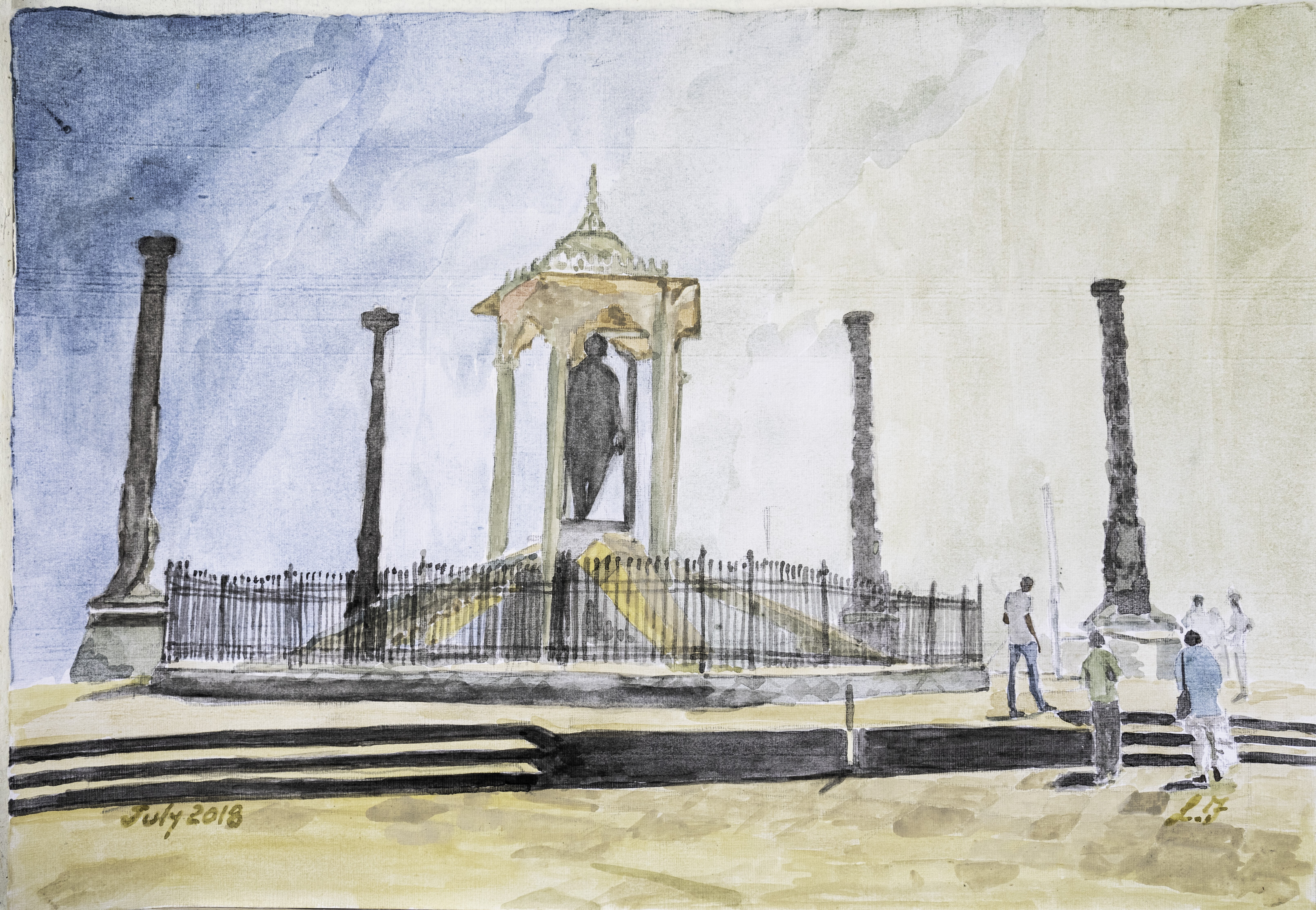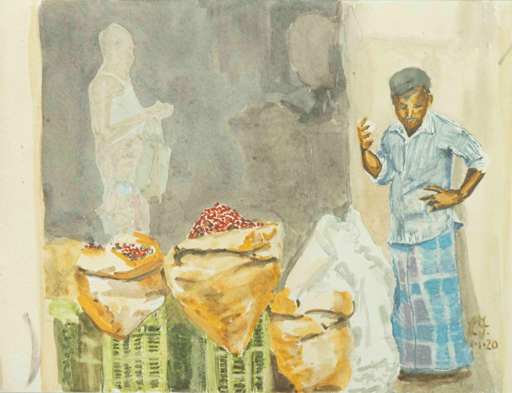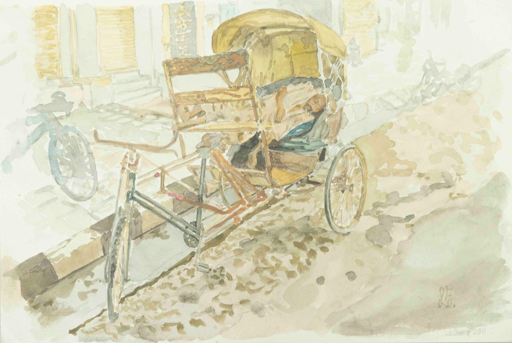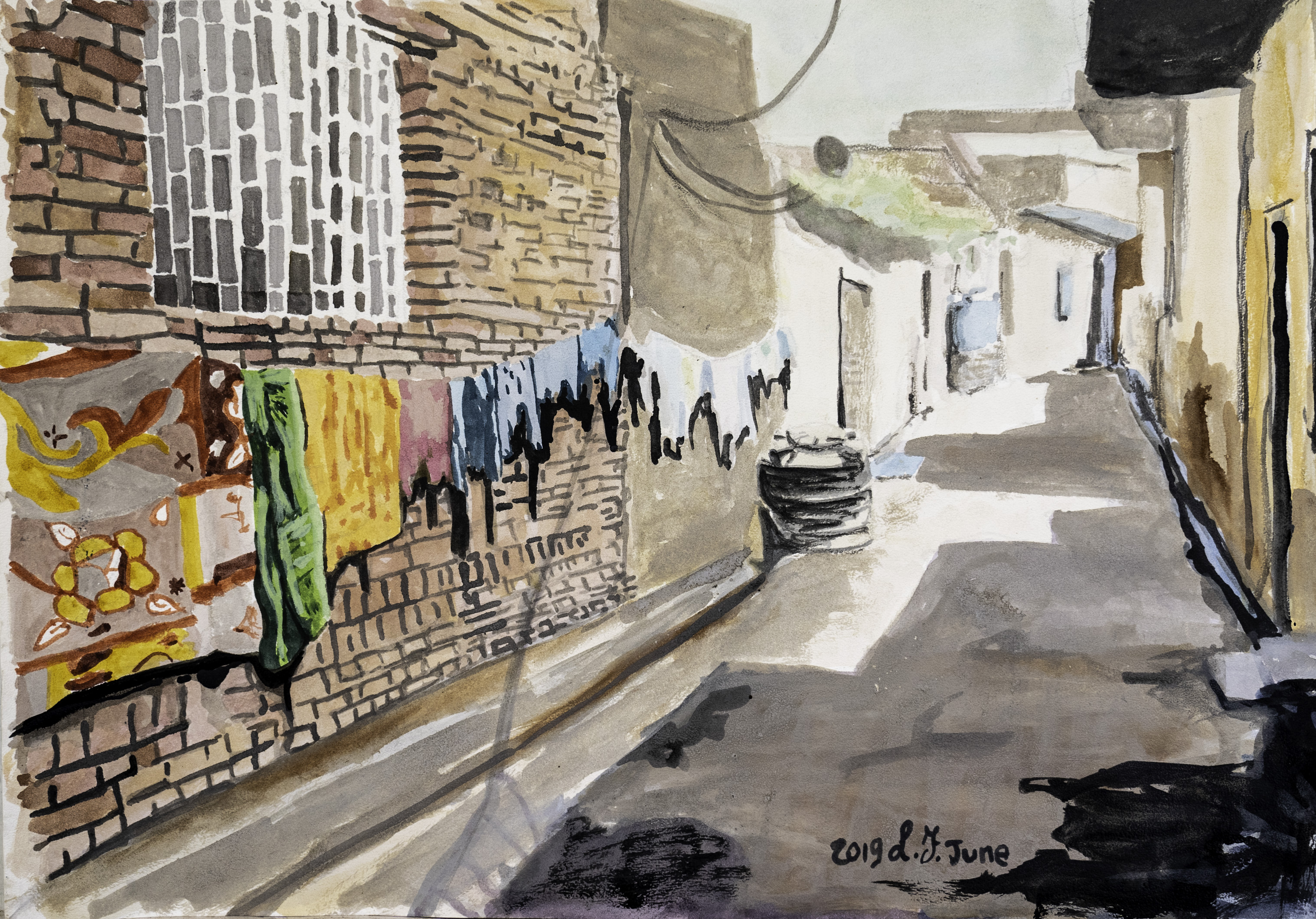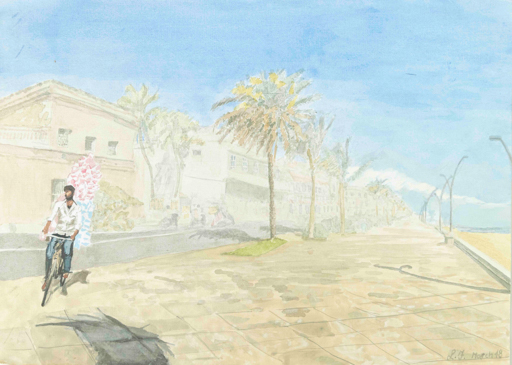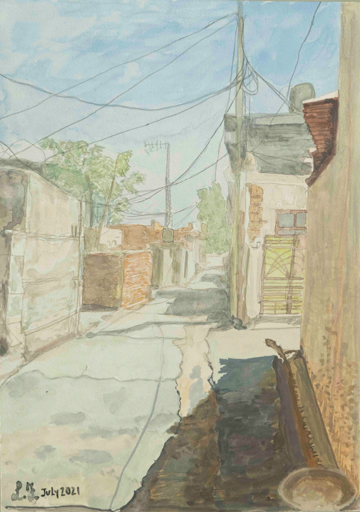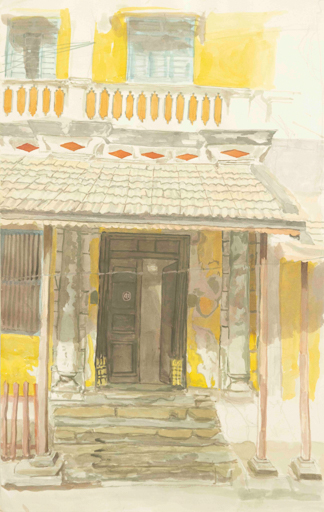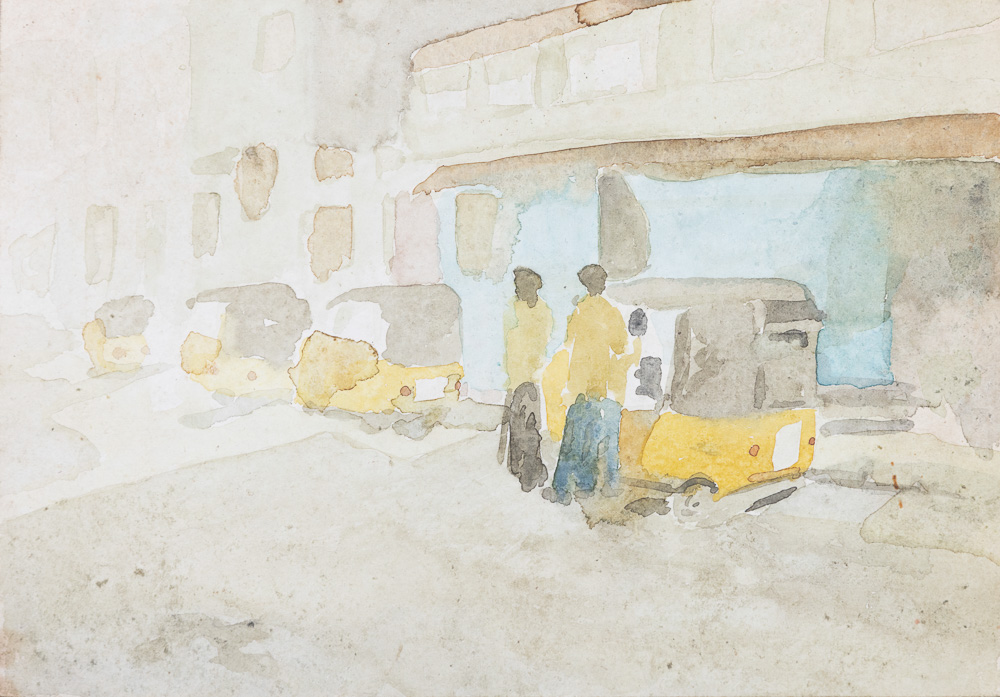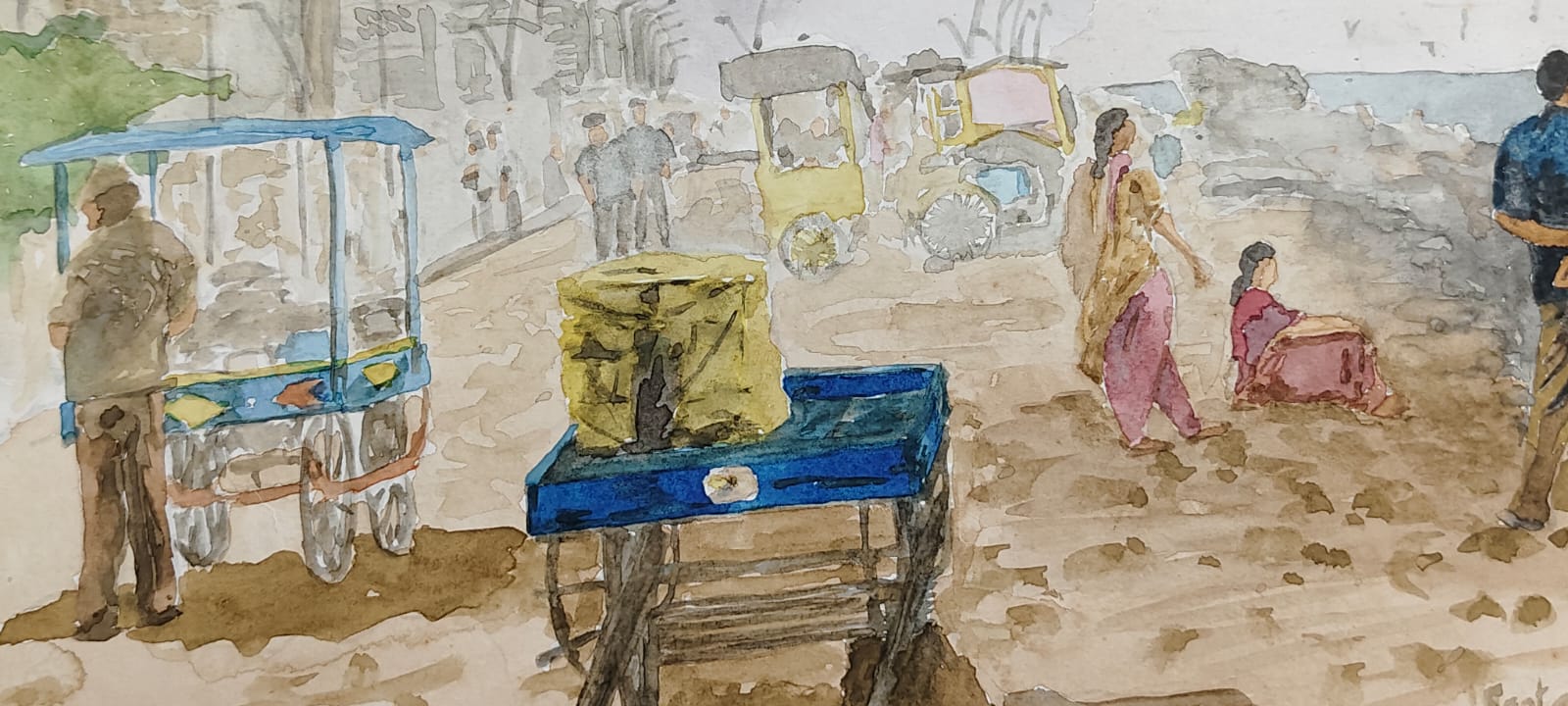three cows

About the artist
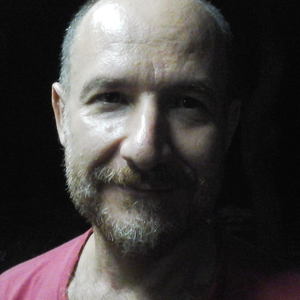
Lugino Fabozzi
I was born in Italy in 1968. I started drawing and painting at an early age. I admired all major Italian painters (generally from the 15th century and the Renaissance), and I mainly used tempera, pencils, or ink. It was only at the age of 30 that I discovered Watercolour. I met a high level watercolour artist who showed me some geometric exercises which became the basis of my development as a watercolour artist. Watercolour to me soon became more than just a creative Art, but also a meditative practice. In general I can go for months and even years without touching a brush. It's only when I am in serious need of quieting my emotions and my thoughts that I take refuge in the meditative art of painting. When I first came to Auroville in 2002 for example I was not painting much, I was more excited about exploring the place and meeting new people. It was only from 2011, when faced with the need for inner evolution that I started dedicating myself to watercolor again. Still today watercolor painting helps me reconnect with my inner guide and centres me. And while meditating I keep improving my painting skills. Year after year I have been absorbed in painting so much that I have developed learning techniques to introduce beginners to the art of watercolor painting. I used to give watercolor classes at first in Creeva, and then in Kala Kendra (Barhat Nivas) once a week and this was helping me enrich my watercolor skills. Although Art is usually the expression of feelings (thus not a sport) my learning approach uses geometry and meditation in a very similar way to the martial arts discipline. Through these exercises alone one can master the use of the brush, the combinations and intensities of colors, perspectives and distances, and more. In Europe I used to be attracted by the architecture and the urban landscapes. Here in India I'm continuously fascinated and inspired by the people. I see India as a living work of art, I find its ancient beauty in the most ordinary scenes. This fascination has also affected my technique and style, because while in Europe I was able to sit outdoors for an hour or more to depict a landscape, a building or an urban landscape (I only used photos for portraits); here in India the environment forces me to either paint very quickly, or take photos and later paint at home. The sunlight here changes very fast, and the light of course changes the shape of things, so it is impossible to sit for more than 15 mins per painting. But also because the subject I’m attracted to is in constant movement (often it blends with the frantic rhythm of the traffic) and it is impossible to capture it with my brush while it moves. So I take photos and later I paint by looking at my photos. This also gives me the chance to zoom in and do detailed work. Some people have asked me why I make paintings of ordinary people of India. My answer is that perhaps it’s because I see something beautiful and divine in the ordinary of daily life. It is also true that I don’t feel the need to have a story in order to create a painting. I simply paint what attracts my attention, and then later I am able to see the story created by my subconscious. Ultimately, in my opinion, the fact that the artist expresses himself through Art is a romantic idea, but it is only partially true. I’m convinced that it is an inconceivably greater force than us which expresses itself through the artist. The artist is only an instrument.
I was born in Italy in 1968. I started drawing and painting at an early age. I admired all major Italian painters (generally from the 15th century and the Renaissance), and I mainly used tempera, pencils, or ink. It was only at the age of 30 that I discovered Watercolour. I met a high level watercolour artist who showed me some geometric exercises which became the basis of my development as a watercolour artist. Watercolour to me soon became more than just a creative Art, but also a meditative practice. In general I can go for months and even years without touching a brush. It's only when I am in serious need of quieting my emotions and my thoughts that I take refuge in the meditative art of painting. When I first came to Auroville in 2002 for example I was not painting much, I was more excited about exploring the place and meeting new people. It was only from 2011, when faced with the need for inner evolution that I started dedicating myself to watercolor again. Still today watercolor painting helps me reconnect with my inner guide and centres me. And while meditating I keep improving my painting skills. Year after year I have been absorbed in painting so much that I have developed learning techniques to introduce beginners to the art of watercolor painting. I used to give watercolor classes at first in Creeva, and then in Kala Kendra (Barhat Nivas) once a week and this was helping me enrich my watercolor skills. Although Art is usually the expression of feelings (thus not a sport) my learning approach uses geometry and meditation in a very similar way to the martial arts discipline. Through these exercises alone one can master the use of the brush, the combinations and intensities of colors, perspectives and distances, and more. In Europe I used to be attracted by the architecture and the urban landscapes. Here in India I'm continuously fascinated and inspired by the people. I see India as a living work of art, I find its ancient beauty in the most ordinary scenes. This fascination has also affected my technique and style, because while in Europe I was able to sit outdoors for an hour or more to depict a landscape, a building or an urban landscape (I only used photos for portraits); here in India the environment forces me to either paint very quickly, or take photos and later paint at home. The sunlight here changes very fast, and the light of course changes the shape of things, so it is impossible to sit for more than 15 mins per painting. But also because the subject I’m attracted to is in constant movement (often it blends with the frantic rhythm of the traffic) and it is impossible to capture it with my brush while it moves. So I take photos and later I paint by looking at my photos. This also gives me the chance to zoom in and do detailed work. Some people have asked me why I make paintings of ordinary people of India. My answer is that perhaps it’s because I see something beautiful and divine in the ordinary of daily life. It is also true that I don’t feel the need to have a story in order to create a painting. I simply paint what attracts my attention, and then later I am able to see the story created by my subconscious. Ultimately, in my opinion, the fact that the artist expresses himself through Art is a romantic idea, but it is only partially true. I’m convinced that it is an inconceivably greater force than us which expresses itself through the artist. The artist is only an instrument.
